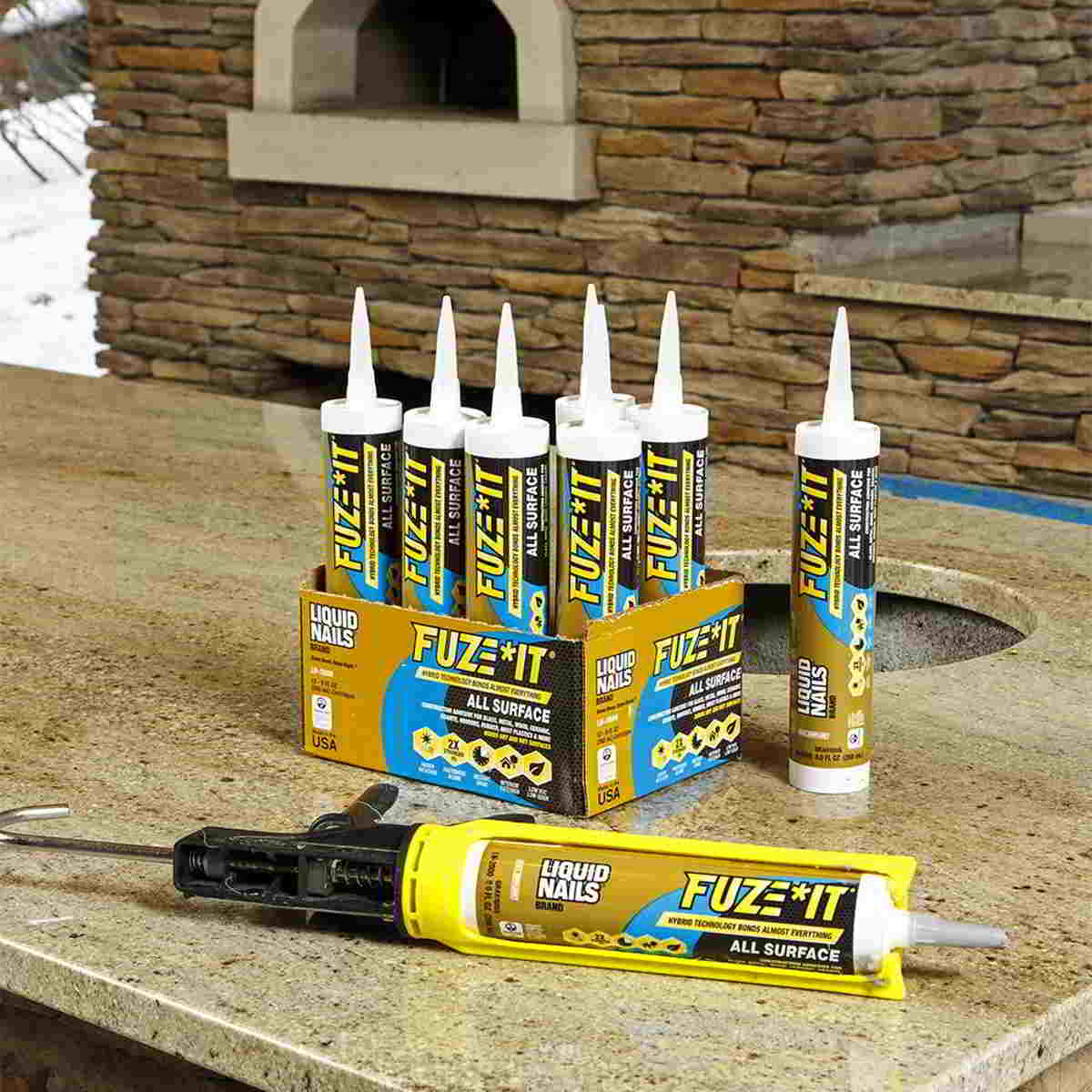As an Amazon affiliate, we may earn a small commision from qualifying purchases.
So, can you really use liquid nails for baseboards – you know, entirely without needing to put in real nails?
Of course, using liquid nails can be very tempting – they cut down the time it takes to install base and more importantly, there are no hammer marks/nail holes to hide.
So, do they work fine or there’ll be problems down the road?
We share out thoughts about using liquid nails for baseboards below to point you in the right direction.
Let’s jump in:
Liquid nails for baseboards: is liquid nails good for baseboards?
The question we are looking at is can you liquid nail baseboards?
Well, liquid nails work just fine where you use them because they’re a very strong adhesive but it is important not to use them whenever you can nail.
But why do I discourage replacing real fasteners with liquid nails?
Here are my reasons:
They make a bond that is too tight
This is, from where I sit, the biggest issue..
You see, liquid nails will make removing baseboards a terrible pain if you or a new owner (you might sell your house at some point) ever need to remove the liquid nails installed baseboards!
In other words, it seems their strength is their main weakness- liquid nails make the boards adhere to drywall so tightly that you’re likely to destroy the drywall when trying to remove them.
The fact is, you could end up removing parts of the walls with it if you use liquid nails for vinyl baseboards(This is the challenge, for pretty much all other types of baseboards).
In other words, you will probably have to repair walls once you successfully remove your adhesive-installed baseboards (and don’t forget you will really sweat on the job!).
It’s funny because we all want our baseboards to stick to the walls maximally but it is the bitter truth- the resultant bond will just be too tight for your liking if you’ll be renovating in the future.
Liquid nails sometimes degrades over time
Another concern is that sometimes baseboard adhesive degrade over time.
Yeah, I have read a couple of angry complaints online from disappointed installers with some complaining that the boards start to come off down the line.
I should reiterate that I have also seen some adhesive-installed boards that are never coming off so the brand of liquid nails you buy could matter.
When to use liquid nails used for baseboards
If you recall, I said that you should only use liquid nails sparingly when it comes to baseboards.
Which brings up a crucial question: So, when and where exactly should you use liquid nails construction adhesive for baseboard projects?
Now, here is what I recommend: Only use liquid nails where it is not possible to nail baseboards down.
A good example is where there are pipes in the wall.
So only use liquid nails where it is impossible to nail into.
Otherwise, the key takeaway is that they have their place but you should not use them instead of regular nails!
Which brings us to the next major question….
What type of nails do i use for baseboards?
Overall, a lot of people use 16 gauge 2″ nails to install 1/2″ base boards- you’ll definitely need longer nails for 3/4″ base boards (like 2 1/2″ nails).
Put in simple language, the best nails for baseboards are typically 16 gauge finish nails (I have to admit that I have seen people using 18 gauge brads sometimes).
That said, I have talked about the correct nail gauge and nail length for baseboards in the past and you may want to go through those articles to read about the lengths I recommend.
I have also discussed the best nailer for baseboard installation in the past.
Here are the links if you’d like to understand this better:
Can you use 18 gauge nails for baseboards? The truth!
16 Or 18 Gauge Nailer For Baseboard? Here is your answer
Best nail gun for baseboards- our favorite air and cordless picks
Can you use Liquid nails for baseboards? Summary answer
Construction adhesives such as liquid nails fuze it are as strong as conventional fasteners (they’re possibly stronger than nails anyway) and have their work but they are the way to go in installing base.
Their major drawback is they make removing boards-if that might be necessary- a true nightmare as the base will be glued on the drywall extremely tightly (you certainly won’t want to destroy the drywall).
For that reason, only use liquid nails where absolutely necessary- and that is in sections you cannot nail down the boards, for instance, where you have concrete foundation.
Good luck and please do not glue baseboards instead of nailing!
ALSO READ:
What size nails for trim? Here is what you need to know

